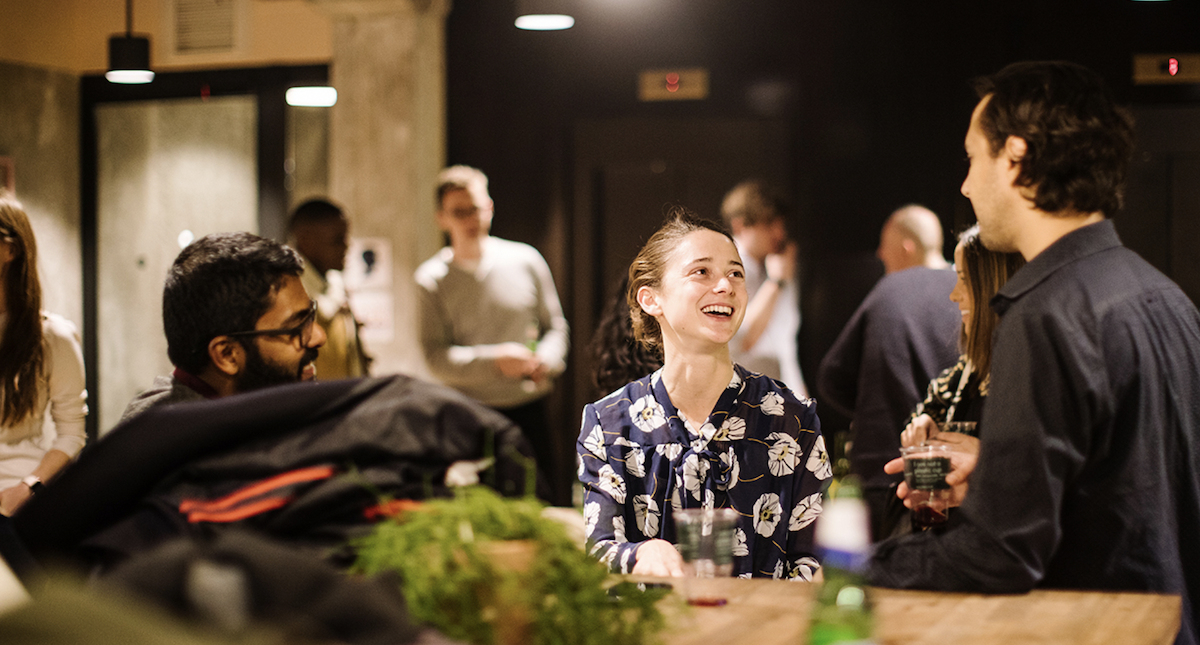Media training is now an integral part of any business. Given how fast quotes and interviews travel - and poor interviews often travel faster than good ones - it is crucial to prepare for a confident message delivery. Green Party leader, Natalie Bennett, may be wishing she’d spent a little longer preparing after describing her own recent interview on LBC radio as “excruciating”.
Host Nick Ferrari pushed Bennett on her plans to build 500,000 new council homes, funded by removing tax relief on mortgage interest for private landlords. She didn’t know the cost of the homes, nor how much would be raised to cover it. And it went worse from there onwards, with large silences, awkward shuffling, and even coughing taking up a large part of the interview. She repeated herself, struggled with questions and attributed the performance to a “mind blank”.
While political interviews have their differences to those in business, some key facts remain the same. They are an opportunity to present a concise, cohesive message. Body language is key, even when you can’t even be seen. Bennett’s interview was on the radio, yet you can almost hear her shuffling in her seat, appearing not at all comfortable. The pace of a response, confidence and intonation all still carry.
So how do you avoid making the same mistake as Bennett and ensure you can deliver a gaffe-free interview? Perhaps the most important feature is to first work out the questions you don’t want to answer, and make sure your response is solid. Within your team establish what your response would be to a certain scenarios. For example, imagine the effectiveness of a fundamental element of your product was brought into question or you were asked to comment on a real life event - what is your position?
There’s no such thing as over preparing! Mentality is important. Don’t let nerves appear as defensiveness. Many believe journalists are interviewing just to trip people up. Instead, think of it as a genuine opportunity to put your opinion forward, and a chance to promote your position. Be succinct and confident, and stay on topic. Get your figures right. Numbers are different to opinions in the sense they can be learned and revealed, and, providing they’re accurate, can’t be challenged.
Fundamentals should not be ignored either. Practice how to sum up what your company does in a sentence, who your clients are, what the rest of your industry is doing. Practice for different interview scenarios. Broadcast or newspaper, magazine or trade press. Each of these will have their specific idiosyncrasies and require a slightly different approach. If it makes it easier, try to picture the consumer of this information. Who is reading this and why - what is someone looking to get out from your interview?
What we find useful, as part of our media training, is to record practice interviews and play them back to the client. Often interviewees don’t realise how their own body language appears and an interview performance may have gone very different than originally thought. There is no ‘Right Way’ to do an interview - each interviewee’s own style should be encouraged - but there is a right way to prepare, and if done correctly, can avoid a Bennett-style disaster.
Share this
MORE
INSIGHT
Fearless tactics to achieve your strategic success
As a consultancy, our full-funnel marketing and communications solutions are designed to fearlessly deliver business results across multiple industries and service areas.
